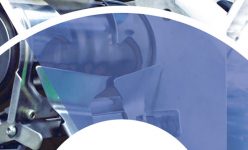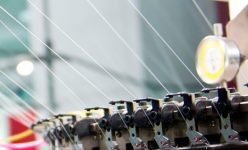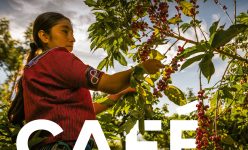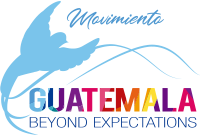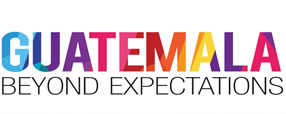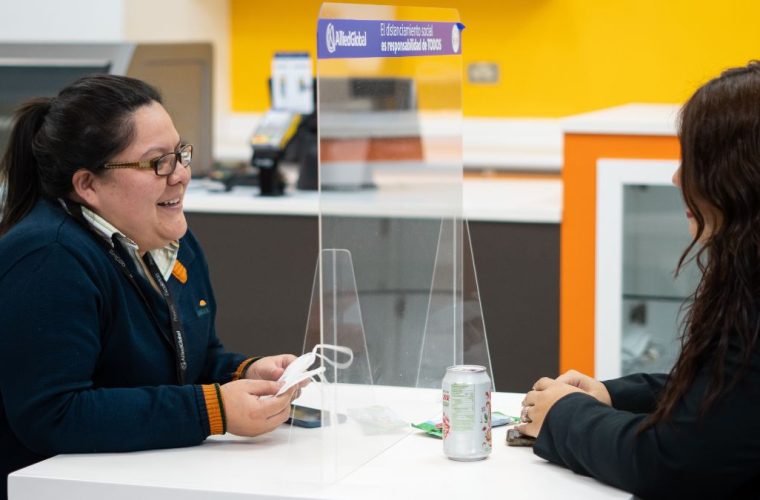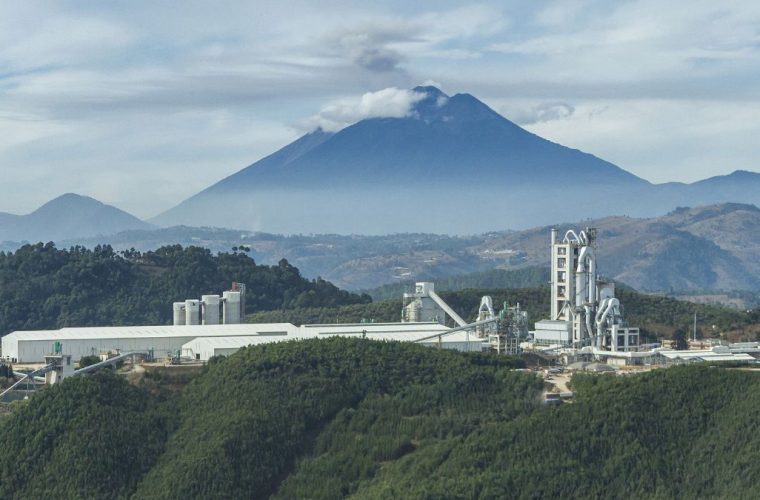Guatemala is the second largest producer and main exporter of rubber in America
Natural rubber is a strategic industrial raw material in the world; its production is solid (85%) and centrifuged latex or liquid rubber (15%) and at least 75% is for consumption by the automotive and tire industries, as well as balloons, gloves, condoms and elastic threads. This sector is experiencing great growth in Guatemala, around 2021 where its production reached 116,700 hectares, of which at least 78% is currently in the production phase.
Knowing of its great potential for manufacturing rubber-derived products, the Núcleo de Caucho of AGEXPORT and the Gremial de Huleros de Guatemala, have come together to present, with the support of the Mipymes and Cooperatives + Competitive Project financed by the European Union (MCC+ ), the strategic plan 2022-2050 Rubber Sector, which contemplates the union of the entire productive chain of the agricultural of processing and industrial area.
“Guatemala is the second largest producer in the Americas and the main exporter of rubber; In addition, the industrialization of rubber in the country is very low with only 1.5% of the production that is transformed into a finished product. We see that with this strategic plan we could cover much more and hope that by 2050 the extension of rubber cultivation reaches 300 thousand hectares, with an annual growth rate of 6%. This would also imply more rural and administrative employment, reaching 154,500 workers directly and 616 thousand indirectly”, commented the Director of the AGEXPORT Rubber Core, Francisco Ralda.
By December 2021, the Rubber Sector reached US$254 million exported, finding within its distribution of export products natural rubber (US$223.94 million) and rubber manufactures (US$30.54 million). The main export markets are: Mexico (37%), the United States (19%), Chile (11%), Brazil (10%), Costa Rica (9%) and Colombia (7%), and others.
The Rubber Sector Plan will have 4 strategic axes for 2050
AGRICULTURAL, GROWTH, PRODUCTIVITY AND SUSTAINABILITY STRATEGY
• Within the strategic objectives of growth, productivity and sustainability is the one of producing at least 390 thousand tons and exporting around US$700 to US$800 million in 2050.
• Set Guatemala as the most important sustainable source of rubber in the world and establish support and incentives to develop the growth of small producers, especially in the northern area of the country.
• Strengthen cooperation programs with the main agricultural research centers in the world.
• Certify all production farms with the certificate of sustainability in Compliance.
PROCESSING STRATEGY
Among the strategic objectives of rubber processing are:
• Position Guatemala as the origin of the best quality rubber and latex in the world and as the origin focused on comprehensive sustainability.
• Internationally certify the Guatemalan rubber standard.
• Improve the competitiveness of the industry through a cooperation program between processing plants.
INDUSTRIALIZATION STRATEGY
• Industrialize 30% of the national production of rubber and latex.
• Attract foreign investment, that will be motivated by the availability of good quality of raw material, as well as the strategic location of Guatemala and the financing that can be granted to investors who transfer their operations to Guatemala.
DIVERSIFICATION STRATEGY
• Develop the rubber tree wood industry, as a great source of good quality and sustainable raw material.
• Technology transfer in uses of rubber tree wood from Malaysia and Vietnam. Foreign investment opportunity.
• Develop the cultivation of essential oils during the period of growth of the rubber plantations.
“We believe that with this strategic plan we will be able to expand markets. We want to go far so the Guatemalan exports of processed rubber and manufactures derived from the same product can reach a total of US$1.92 billion. Guatemala has great potential, ever since 1995 that it started with 25 thousand tons and in 2021 it reported 116 thousand tons. Currently we have 78% of the plantations in the production phase and 22% in growth”, stated Ralda.
Suchitepéquez is the department that has 40% of the national area of rubber, followed by the south coast, Pacific, Escuintla, Suchitepéquez, Retalhuleu, Quetzaltenango, San Marcos and Chimaltenango; and the North Zone and Atlantic Ocean Coast, Izabal, Alta Verapaz and Baja Verapaz.


